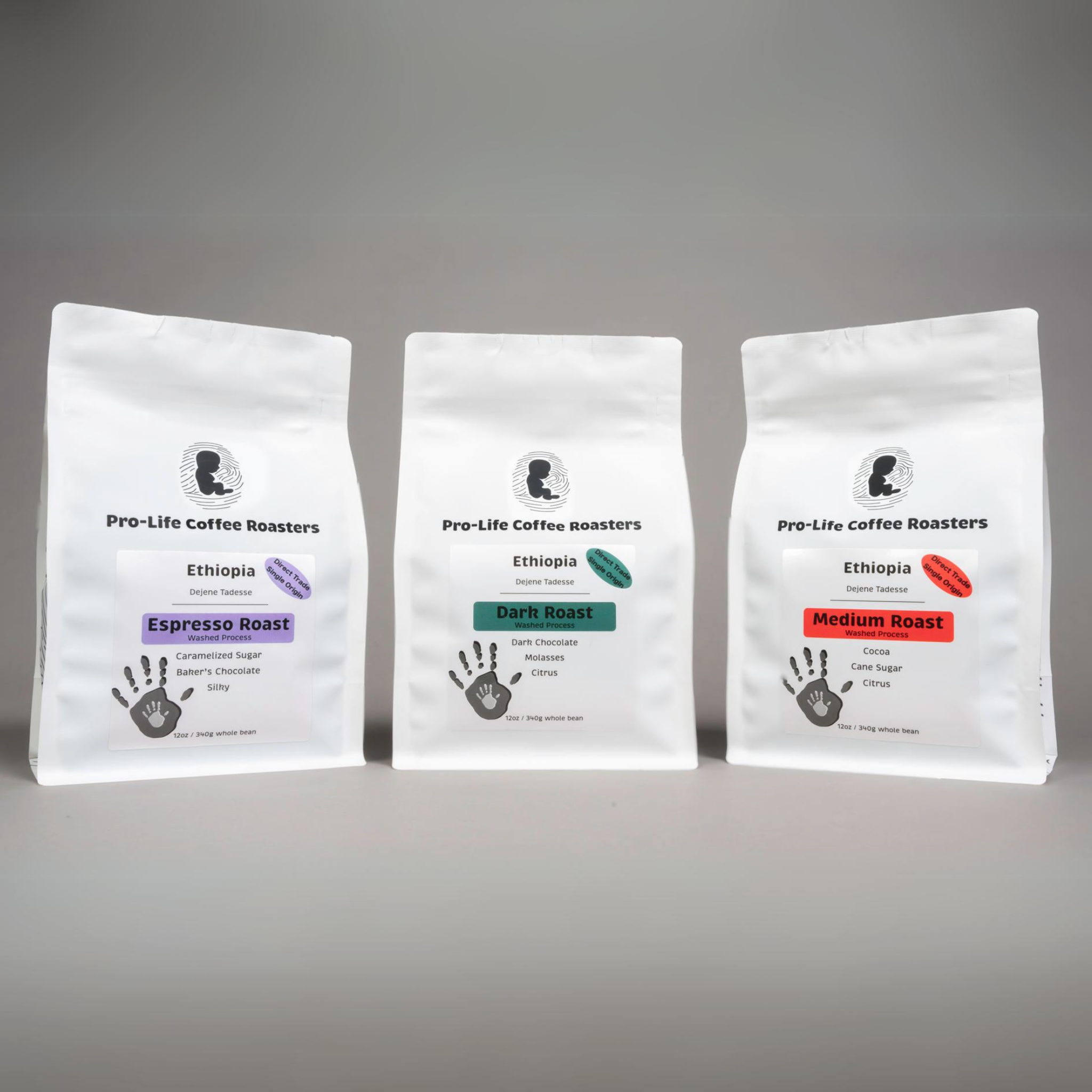SOE Single Origin Espresso – Highlighting Flavors from One Region
SOE Single Origin Espresso – Highlighting Flavors from One Region
Blog Article
Coffee Beans 101: Everything You Need to Understand About Espresso and Blended Coffee Beans
When it concerns coffee, comprehending the subtleties of coffee and blended beans can change your daily cup. You'll uncover the distinctive features of Arabica and Robusta beans, and exactly how each influences flavor and high levels of caffeine content. From the expanding procedure to roasting methods, every step plays a function in your coffee experience. So, what makes the ideal mixture? Let's discover the essential elements that add to an extraordinary mug of coffee.
Comprehending Coffee Beans: Kinds and Selections
When diving into the world of coffee, recognizing the types and ranges of coffee beans is essential for every lover. Arabica beans are recognized for their smooth, complicated flavors and lower high levels of caffeine web content, making them a favorite amongst coffee aficionados.
Ethiopian Yirgacheffe provides intense floral notes, while Colombian beans offer a well-balanced taste profile. By familiarizing yourself with these beans and their tastes, you'll elevate your coffee experience and make even more enlightened choices in your developing journey.
The Growing Process: From Seed to Bean
When you check out the journey of coffee, all of it beginnings with seed selection methods that set the structure for quality. From there, farming and gathering play essential functions in guaranteeing the beans thrive. Ultimately, processing approaches transform those collected cherries into the coffee beans you enjoy.
Seed Option Methods
Choosing the appropriate seeds is vital for creating high-grade coffee beans, as it lays the structure for the whole expanding process. Pay attention to the seed's age and storage conditions, as fresh seeds tend to germinate much better. Think about the illness resistance of different varieties, as this can significantly affect your yield.
Farming and Harvesting
As you nurture your coffee seeds into prospering plants, understanding the farming and harvesting process is vital for achieving the most effective flavor and quality. Beginning by growing your seeds in well-draining soil, ideally in a shaded location to secure them from direct sunshine. As your plants expand, maintain regular dampness, and be mindful of their need for nutrients. Trim routinely to advertise air flow and healthy and balanced development.
When it comes time to harvest, seek ripe cherries, which usually transform a dynamic red. Hand-picking is commonly the best approach to guarantee just the ripest cherries are chosen. Timing is crucial; gathering as well very early or far too late can impact the taste profile of your beans. Accept patience and care, as this is where top quality begins.

Handling Techniques Discussed
When you have actually harvested your coffee cherries, the next crucial step is processing them to change those vivid fruits into the beans you'll make. There are 2 main approaches: the wet procedure and the completely dry process. In the completely dry process, you spread out the cherries out in the sunlight to completely dry, allowing the fruit to ferment and pass on unique tastes to the beans. On the other hand, the wet process entails removing the fruit immediately and fermenting the beans in water, leading to a cleaner preference. After handling, the beans are hulled, arranged, and generally dried once again. Each approach influences the taste account, so trying out both can aid you uncover your favorite mixture. Understanding these techniques is essential to enjoying your coffee experience.
Toasting Strategies: How Taste Is Developed
When it pertains to roasting coffee beans, recognizing roast degrees is essential to revealing their unique tastes. Each roasting technique influences the aroma and improves the flavor development procedure, providing you a richer coffee experience. Let's explore just how these elements come with each other to elevate your everyday mixture.
Roast Degrees Described
Roast degrees play an essential role fit the flavor account of your coffee. When you choose a light roast, you'll enjoy brilliant acidity and fruity notes. As you relocate to a tool roast, you'll notice an equilibrium of sweetness and intricacy, typically highlighting chocolate or sugar flavors. Dark roasts, on the various other hand, provide vibrant, great smoky characteristics with much less level of acidity, making them rich and durable. Each level arises from different roasting times and temperature levels, influencing the beans' chemical make-up. By comprehending these levels, you can better pick a coffee that matches your preference preferences. Experiment with different roasts to find which one reverberates with you, enhancing your general coffee experience and enjoyment.
Effect On Scent
The roast level not just influences the taste of your coffee yet also significantly impacts its scent. When you choose a light roast, you'll commonly see brilliant, floral notes that can make your coffee scent fresh and lively. As the beans darken, the fragrance changes; a tool roast draws out much more balanced, caramelized aromas, while a dark roast tends to include vibrant, smoky undertones. Each roasting technique launches various unpredictable substances, forming just how your coffee scents. Additionally, the freshness of the beans plays a critical function; fresh baked coffee releases more fragrant oils, improving that attracting fragrance. So, take notice of the roast level-- it's crucial to exposing the full aromatic experience of your brew.
Flavor Advancement Process
As you discover the taste development procedure, you'll uncover that roasting techniques play an important role fit the preference account of your coffee. The toasting temperature level and read the article time directly influence the acidity, sweet taste, and anger of the beans. Light roasts retain even more of the bean's original flavors, highlighting flower and fruity notes. Medium roasts equilibrium level of acidity and body, using an all-round taste. Dark roasts, on the other hand, highlight vibrant, great smoky qualities while decreasing the bean's integral high qualities. Throughout roasting, chain reactions, like the Maillard reaction and caramelization, change the beans and enhance their intricacy. Trying out various roasting degrees can help you locate your ideal brew, so don't wait to taste and find the abundant spectrum of flavors!
Coffee vs. Blended Coffee: Key Distinctions
Coffee and blended coffee each offer special experiences that satisfy different tastes and preferences. Coffee is a focused coffee made forcibly warm water via finely-ground coffee beans, resulting in a rich, strong taste and a luscious layer of crema on top. It's usually delighted in as a shot or utilized as a base for beverages like lattes and coffees.
On the various other hand, blended coffee integrates different beans from various areas, producing a much more well balanced flavor profile. You'll commonly locate blends that highlight acidity, body, or sweetness, making them flexible for different brewing techniques. While espresso focuses on intensity, blended coffee may offer a wider variety of flavors that can transform with each sip.
Inevitably, your selection in between coffee and mixed coffee boils down to your personal preference. Whether you crave a leisurely cup or a quick shock, both choices have something tasty to provide.

Brewing Approaches: Unlocking the Perfect Mug
When it pertains to brewing coffee, finding the right technique can change your experience and elevate your mug. Each brewing method has its unique beauty and can significantly impact your coffee's flavor and scent. Making use of a French press allows you to take pleasure in a abundant and full-bodied mixture, while a pour-over approach offers a tidy, intense cup with unique tastes.
If you prefer espresso, purchasing a quality device can help you understand the art of drawing shots. For convenience, a single-serve pod system uses speed without compromising preference.
Do not forget chilly brew, which provides a smooth, much less acidic coffee suitable for warm days. Explore various approaches to find what resonates with your palate. Each brewing technique opens a new world of possibilities, so take the time to explore and find your ideal mug. Delighted developing!
Sampling Notes: Recognizing Taste Profiles
Just how can you absolutely value your coffee if you don't know what flavors to search for? Tasting notes are your guide to understanding the complex globe of coffee. When you drink, focus on the preliminary flavors that hit your palate. You could detect fruity notes, like berry or citrus, or perhaps a nutty undertone. As you remain to taste, observe exactly how the flavors evolve-- this is known as the "coating." Some coffees may leave a chocolatey or caramel aftertaste, while others may have an intense, tidy surface.
Take into consideration the body of the coffee, as well; is it ventilated and light or thick and syrupy? Do not fail to remember level of acidity; a brilliant acidity can include sprightliness, while a low level of acidity may give a smoother experience. By recognizing these taste profiles, you'll grow your link with each cup, making coffee tasting a delightful trip find more information of discovery.

Tips for Picking and Keeping Coffee Beans
Selecting and keeping coffee beans appropriately can considerably enhance your developing experience. Start by selecting high-grade beans that suit your taste. Look for freshness; beans baked within the last 2 weeks are ideal. Examine the roast day on the product packaging, and buy from neighborhood shops or trusted roasters.
When you have your beans, save them in an airtight container to stop direct exposure to air, light, and dampness. A dark, awesome location works best, so avoid keeping them in the fridge or freezer, as this can introduce wetness. Just grind the amount you need to maintain freshness; whole beans maintain flavor longer than pre-ground coffee.
Last but not least, attempt to use your beans within 2 to 4 weeks after opening up for visit site peak taste. Complying with these ideas will certainly assure your coffee stays delightful and savory, raising your everyday brew to new elevations.
Regularly Asked Inquiries
For How Long Do Coffee Beans Stay Fresh After Toasting?
Coffee beans remain fresh for concerning 2 weeks after toasting - SOE. You need to keep them in a closed container, away from light and moisture. Afterwards, their taste and aroma start to lessen substantially

Can I Mix Different Coffee Bean Varieties?
Absolutely, you can blend different coffee bean varieties! Trying out blends can improve flavors and create a special taste account. Simply ensure to stabilize the staminas and attributes of each selection for the finest outcomes.
What Is the Ideal Grind Dimension for Espresso?
For coffee, you'll want a fine work size, concerning the appearance of table salt. This allows perfect removal, causing a rich, flavorful shot. Experiment a little bit to locate what fits your taste best!
Exactly How Does Altitude Affect Coffee Bean Taste?
Altitude influences coffee bean flavor by influencing the development rate and chemical make-up. Greater altitudes bring about slower maturation, which boosts acidity and intricacy, offering your coffee a lively and unique taste you will not fail to remember.
Exist Decaffeinated Versions of Espresso Beans?
Yes, there are decaffeinated variations of coffee beans. You can take pleasure in a rich espresso flavor without the caffeine kick. Just seek "decaf" blends at your regional coffee store or specialized store.
Coffee Beans 101: Whatever You Required to Know Concerning Coffee and Blended Coffee Beans.
When diving into the world of coffee, recognizing the kinds and varieties of coffee beans is necessary for every enthusiast.When it comes to roasting coffee beans, recognizing roast degrees is crucial to disclosing their unique flavors. Espresso is a concentrated coffee brewed by requiring warm water with finely-ground coffee beans, resulting in an abundant, vibrant flavor and a creamy layer of crema on top.On the other hand, blended coffee integrates numerous beans from various regions, developing an extra well balanced taste account.
Report this page